The Essence of the Chinese Abacus
The Chinese abacus, known as suan pan, stands as a testament to the ingenuity of ancient mathematics. This traditional counting device, with its rows of beads sliding on rods, has been a cornerstone in arithmetic for centuries. The ancient Chinese abacus not only served as a practical tool for calculations but also as an educational instrument to impart mathematical knowledge.
Design and Materials of the Suan Pan
The traditional abacus typically features a wooden frame, with beads crafted from various materials. The design of the Chinese wooden abacus ensures durability and a tactile experience that modern digital devices cannot replicate. Each bead and rod is meticulously crafted to ensure a smooth operation, reflecting the sophistication of what some may consider an old Chinese calculator.
Applications and Educational Value
While the Chinese abacus is often perceived as an old Chinese counting tool, its relevance in contemporary education remains significant. The abacus encourages cognitive development in children, teaching them the basics of counting and arithmetic through a hands-on approach. Learning how to use the Chinese abacus can also enhance a child's understanding of numerical concepts and boost their mental calculation capabilities.
Features and User Engagement
The Chinese abacus online platforms offer virtual experiences, but the tactile feedback of a physical suan pan abacus is unmatched. The beads of the abacus, often referred to as Chinese counting beads, provide a sensory experience that aids in memory and understanding. Furthermore, the abacus is not limited to children; adults interested in traditional calculation methods or seeking to develop their mental arithmetic skills can also benefit from the abacus Chinese calculator.
Advantages of Integrating the Abacus in Learning
Integrating the abacus Asian model into educational curricula can be highly advantageous. It promotes an interactive learning environment and helps in developing fine motor skills. Moreover, the Asian abacus serves as a bridge between visual and kinesthetic learning styles, accommodating a wider range of learners.
Conclusion
The Chinese abacus, or the abacus Chinese model, is more than a mere artifact; it is a dynamic educational tool. Its historical significance and continued relevance in teaching mathematics make it a valuable resource for learners of all ages. The old Chinese abacus is not just a relic but a living legacy of the ancient world's mathematical prowess.
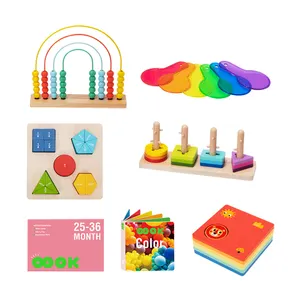











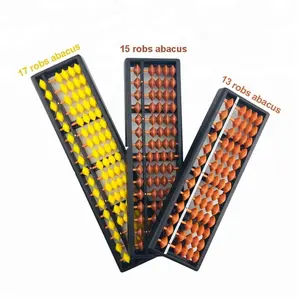









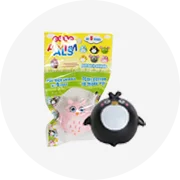

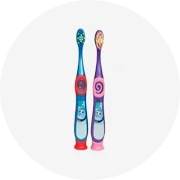


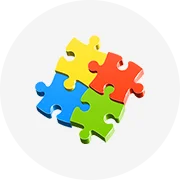















 浙公网安备 33010002000092号
浙公网安备 33010002000092号 浙B2-20120091-4
浙B2-20120091-4